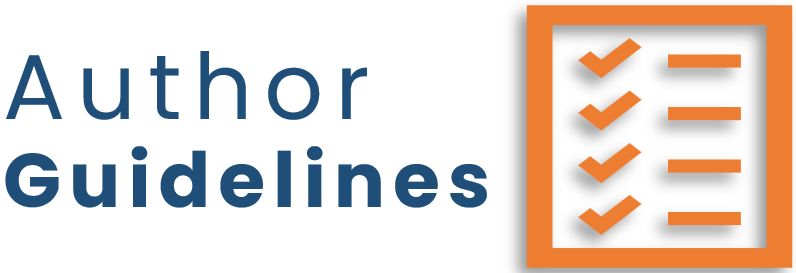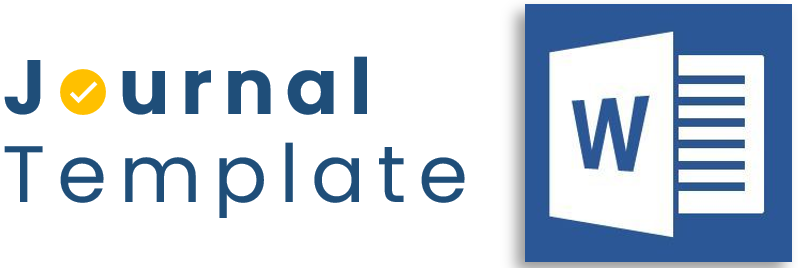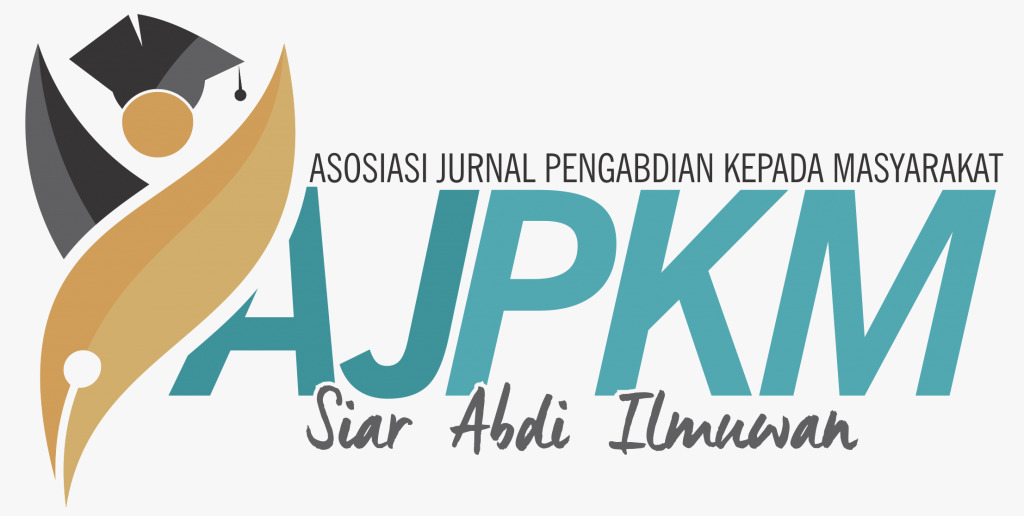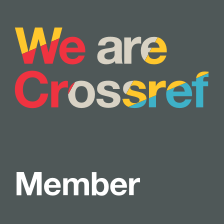Submissions
Submission Preparation Checklist
All submissions must meet the following requirements.
- The submission has not been previously published, nor is it before another journal for consideration (or an explanation has been provided in Comments to the Editor).
- The submission file is in OpenOffice, Microsoft Word, or RTF document file format.
- The abstract can be read as stand-alone text and does not exceed 300 words.
- The text is single-spaced; uses a 12-point font; employs italics, rather than underlining (except with URL addresses); and all illustrations, figures, and tables are placed within the text at the appropriate points, rather than at the end.
- Where available, URLs for the references have been provided.
- The text adheres to the stylistic and bibliographic requirements outlined in the Author Guidelines.
- One author has been designated as corresponding author.
- Anyone who has made a contribution to this paper is either listed as an author or their contribution is properly acknowledged elsewhere in the paper.
- I/we the author/s understand that i.we retain copyright and grant the journal right of first publication with the work simultaneously licensed under a Creative Commons Attribution 4.0 International License that allows others to share the work with an acknowledgement of the work's authorship and initial publication in this journal.
ARTICLES
Section default policy
Copyright Notice
The author whose manuscript is published agrees to the following conditions:
- The right to publish all journal manuscripts published on the Journal of Innovation and Sustainable Empowerment e-Journal website held by the editorial board with the author's acknowledgment (moral rights remain with the author of the script).
- The formal legal provisions for access to digital electronic journal articles are subject to the terms of the Creative Commons Attribution-ShareAlike (CC BY-SA) license, which means that the Journal of Innovation and Sustainable Empowerment has the right to save, transfer/format, manage in the form of a database, maintaining, and publishing articles without asking permission from the author as long as the author's name remains as the copyright owner.
- Manuscripts published in print and electronically are open access for the purposes of education, research, and libraries. Apart from these purposes, the editorial board is not responsible for violations of copyright law.

Journal of Innovation and Sustainable Empowerment is licensed under a Creative Commons Attribution-ShareAlike 4.0 International License.
Privacy Statement
The names and email addresses entered in this journal site will be used exclusively for the stated purposes of this journal and will not be made available for any other purpose or to any other party.














